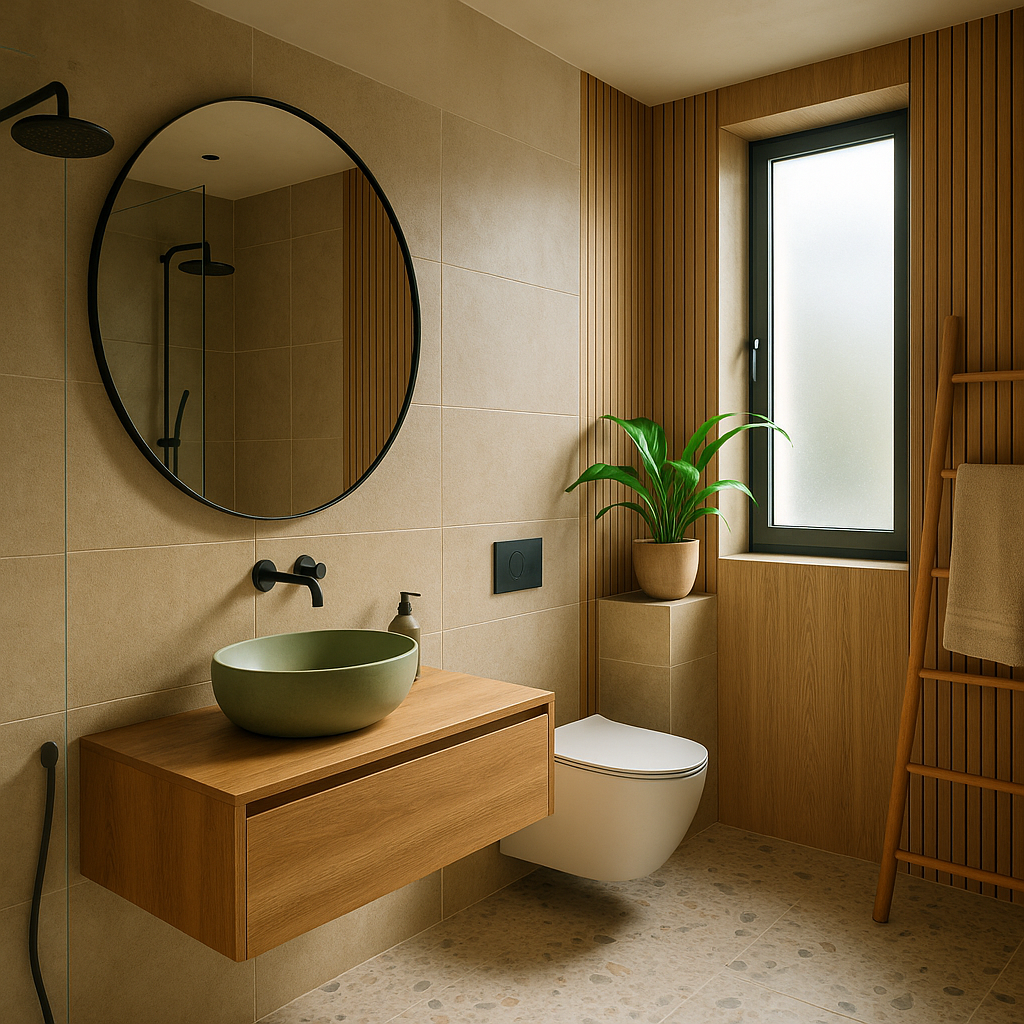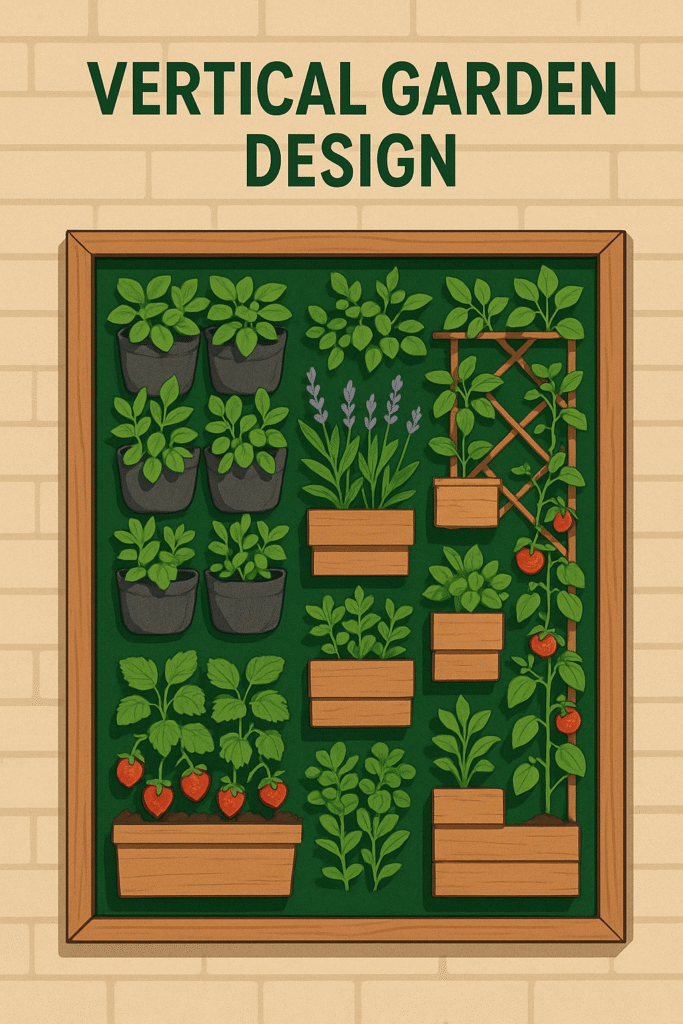Raw, Refined, and Remarkably Stylish: A Deep Dive into Industrial Home Design
Industrial home design is more than just exposed bricks and…
Industrial home design is more than just exposed bricks and metal pipes. It’s a celebration of raw beauty, functional creativity, and urban elegance—a style that emerged from 19th-century factories and found a chic second life in modern interiors.
But what makes this rugged aesthetic so timeless and appealing? Let’s unpack the blueprint of industrial design with a touch of science, expert insight, and a lot of character.
🔍 What Is Industrial Home Design? A Brief Origin Story
Industrial design has its roots in early 20th-century warehouses, factories, and lofts, particularly in cities like New York and Berlin. After deindustrialization, these vast spaces were repurposed into residential areas, and people began embracing the architectural bones—exposed beams, bricks, pipes, and all.
According to design historian Dr. Claire Rawlings, “Industrial interiors marked a cultural shift—people stopped hiding imperfections and started showcasing authenticity.”
🧠 The Psychology Behind the Style
From a cognitive standpoint, the industrial style appeals to our innate appreciation for simplicity and structure. The clean lines, minimal decoration, and strong materials (like steel and concrete) provide a sense of stability. Neuroscientists have even noted that order and openness in such spaces can reduce cognitive load, which might explain why industrial-style lofts often feel so calming despite their tough exteriors.
🛠️ Key Features of Industrial Home Design
Here’s your go-to checklist for achieving this iconic look:
- Exposed Elements: Bricks, ductwork, beams—leave them visible!
- Neutral Color Palette: Charcoal, browns, blacks, and greys dominate, with occasional splashes of rust or forest green.
- Metal + Wood Combo: Think black steel frames with reclaimed oak shelves.
- Open Spaces: Fewer walls, more flow. Industrial favors openness.
- Functional Lighting: Edison bulbs, metal pendant lights, and wall-mounted sconces are stars here.
🛋️ How to Bring Industrial Style Into Your Home (Without Living in a Warehouse)
- Start with Lighting: Industrial lighting fixtures are an easy entry point. Choose matte-black sconces or hanging cage lights for an instant upgrade.
- Salvage and Reuse: Visit flea markets and salvage yards. An old factory cart? That’s your new coffee table.
- Mix Textures: Balance rough brick with soft leather, or steel with linen cushions.
- Minimalist Decor: Let the materials speak for themselves. No need to over-accessorize.
🧑🎨 Expert Tip from an Interior Designer
“Industrial design isn’t cold—if done right, it’s incredibly warm. The key is contrast: raw textures paired with plush textiles,” says award-winning designer Marcus Hill. “It’s about honoring history while living in the present.”
🌱 Can Industrial Be Eco-Friendly? Absolutely.
Sustainability aligns beautifully with this aesthetic. The emphasis on repurposing materials, using salvaged wood, and installing LED industrial-style lighting supports both design integrity and eco-conscious living.
🤩 Why It’s Trending in 2025
As more people seek authenticity in their homes, industrial interiors offer an antidote to overly polished, cookie-cutter designs. Plus, with the rise of urban loft living and remote workspaces, people want their homes to feel spacious and purposeful—exactly what industrial delivers.
🏁 Final Thoughts: Industrial Isn’t Just a Style—It’s an Attitude
Industrial home design is about embracing imperfection, celebrating structure, and telling a story through materials. Whether you live in a downtown loft or a suburban bungalow, a touch of steel and stone can transform your space into something strikingly unique.
So go ahead—let the beams show, bring in the brick, and invite a little industrial charm into your life.





